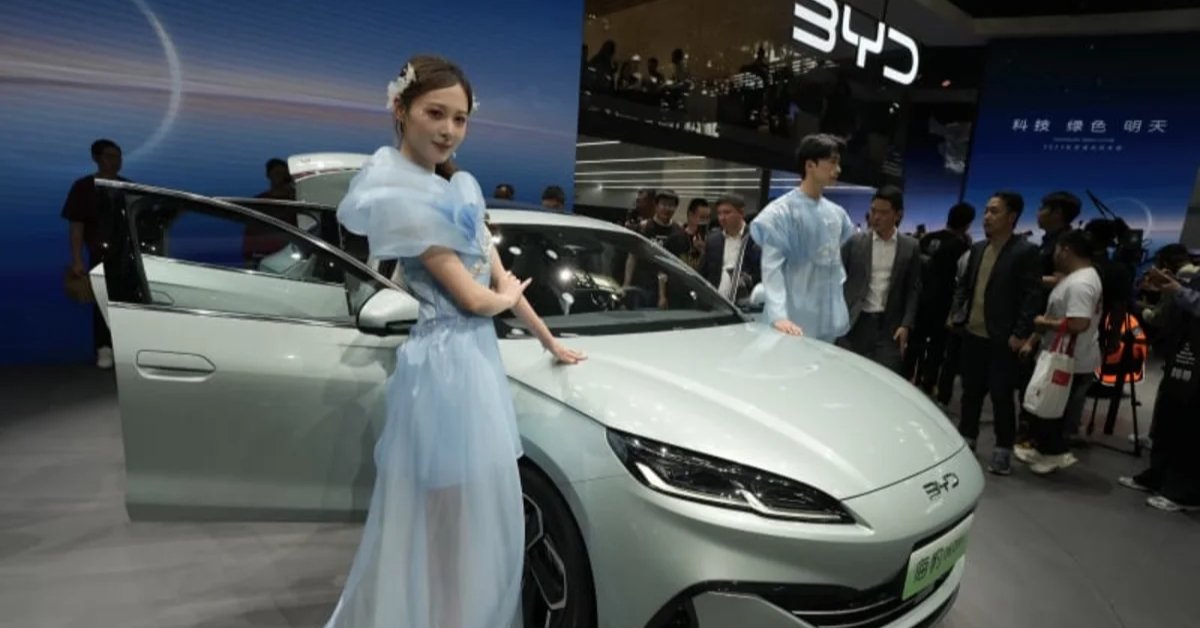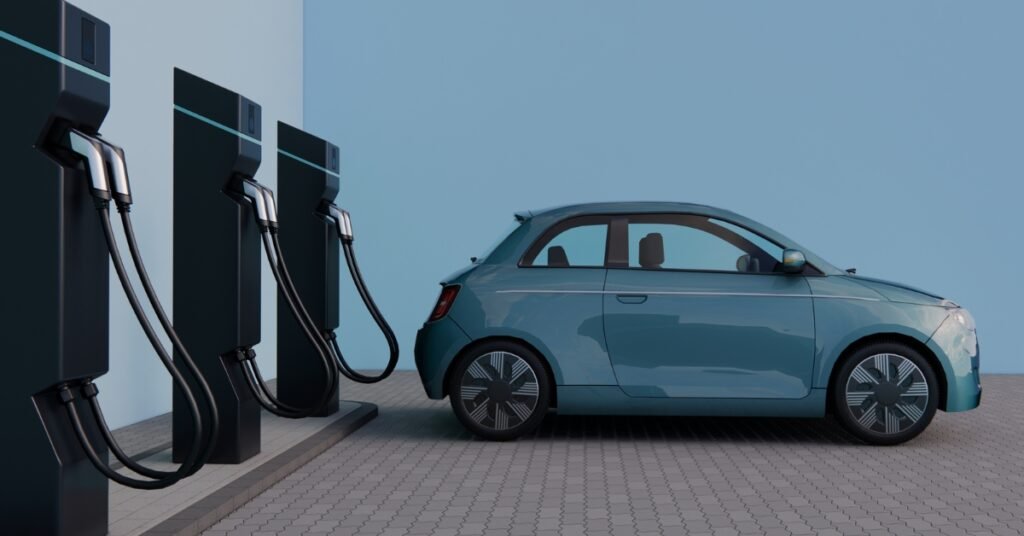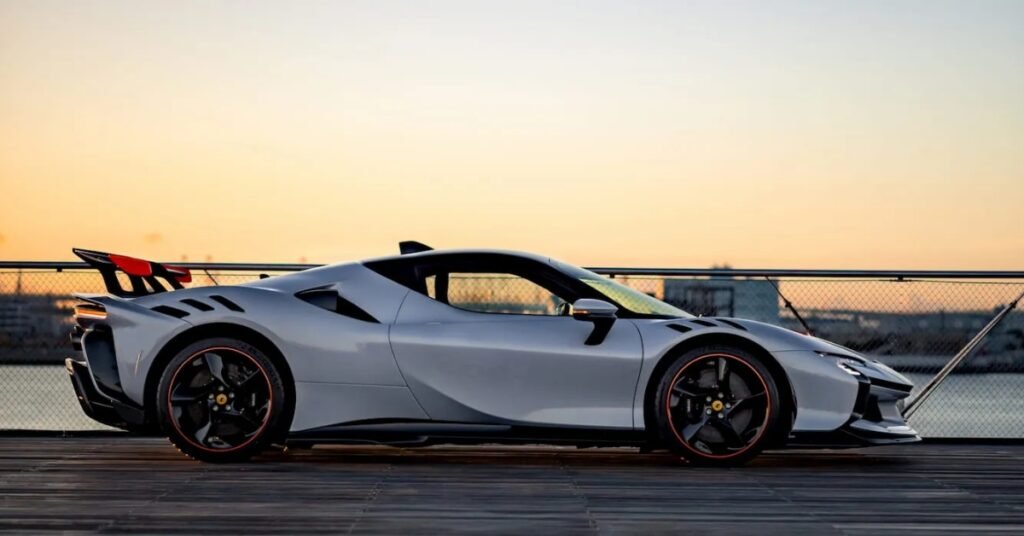Explore how Chinese EV giant BYD’s strategic pricing impacts global markets. Learn about their export prices, market strategies, and competitive advantages in the EV industry.
Table of Contents
London: Amid concerns from US and European politicians about the potential threat to their domestic auto industries, Chinese electric vehicle (EV) giant BYD has taken a different strategy.
Instead of flooding the market with cheap offerings, BYD has significantly raised its export prices, aiming to secure substantial profit margins that are challenging to achieve in its fiercely competitive home market.
BYD’s Pricing Strategy
According to a detailed analysis by Reuters, BYD’s strategy involves:
- marking up the prices of its vehicles for foreign markets
- sometimes charging more than double or even nearly triple
- the domestic prices for the same models
This is illustrated in the table below, which compares the prices of BYD’s three key models in China and abroad:
| Model | Price in China | Price in Germany | Percentage Increase |
|---|---|---|---|
| Atto 3 | $19,283 | $42,789 | 122% |
| Dolphin | $16,524 | $37,439 | 127% |
| Seal | $30,317 | $48,139 | 59% |
As shown, the BYD Atto 3, a compact electric crossover, sells for $19,283 in China, while in Germany, it is priced at a competitive $42,789 despite the significant markup.
Sam Fiorani, Vice President of Global Forecasting at AutoForecast Solutions, remarked on the rarity of such substantial price differences, noting that “globally marketed vehicles are usually priced in a narrow range.”
Market Dynamics and Competitive Edge
The price differential partly reflects the cutthroat competition in China, the world’s largest auto market, where numerous EV brands vie aggressively for pricing.
Meanwhile, BYD’s hefty export markups underscore Chinese EV manufacturers’ substantial cost advantages over their international counterparts.
This includes efficiencies in raw materials, batteries, land, and labor costs.
This week, the Beijing International Automotive Exhibition showcased China’s dominance in the global EV market, with BYD unveiling two luxury models aimed at the premium segment.
BYD’s Response and Industry Analysis
BYD did not respond to requests for comment on their pricing strategy.
However, company chairman Wang Chuangfu highlighted in a March meeting with investors that increased exports are expected to bolster profitability as domestic price wars continue to pressure margins.
Industry experts suggest that the significant export markups allow BYD flexibility in pricing strategies to undercut competition if necessary.
Ben Townsend, Head of Automotive at UK-based Thatcham Research, stated, “They are not looking to undercut the European market. They are looking to make a margin.”
Reputation and Brand Development
Chinese automakers also strive to overcome the stigma associated with cheap Chinese products by focusing on brand development and maintaining strong resale values.
Bo Yu, Greater China country manager for UK research firm JATO Dynamics, commented, “Chinese automakers are in a brand-development phase.”
Conclusion
BYD and other Chinese EV manufacturers are navigating complex international markets by leveraging their cost advantages and strategic pricing.
This approach helps them enhance profit margins and positions them strongly against traditional and new-age global competitors.
The future of this strategy remains closely tied to global market responses and regulatory changes, particularly with growing calls for higher tariffs on Chinese EVs in some Western countries.






